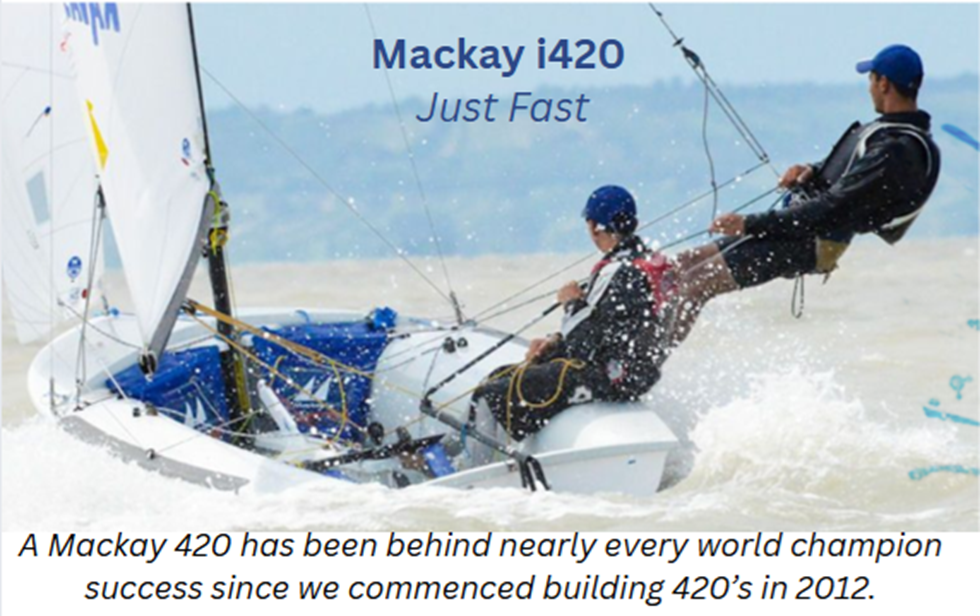This is the third in an AirWaves Series on Youth-to-College-to-Olympic sailing. Enjoy!
After posting a quick comment to Joe Morris’ piece in Sail1Design I was invited to read Kenny Legler’s “part two” piece on the subject and then expand on my first posting into something a bit more formal. Well, here goes.
Firstly I find the subject (is college sailing the “right path” for top youth sailors?) very interesting and my initial reaction was – “of course”. I figured – when you’ve got it “flaunt it’. And in the US we have an amazing intercollegiate sailboat racing scene that has only gotten better since I was sailing 420’s at YCYC.
But maybe my initial reaction was a bit too much of just that, a reaction – without fully thinking about the question. After reading Joe/Stu and Kenny’s thoughts I still am thinking about the question and now have more questions.
Kenny took a bit of a look back at the history of American college sailors in the Olympics. This was informative – and he helped coin a useful phase – “the professional era” of Olympic Sailing (post ’92). But I still want to know: What are the backgrounds of the international medalists in this era? Like all of us following recent Olympiads, I know that many medalists enjoy extremely deep funding from their respective national team. But what step did they take after youth sailing? Most countries don’t have a collegiate sailing circuit so the fact that these guys and girls didn’t “sail in college” doesn’t necessarily mean that they wouldn’t have benefited from it – if such a program was available.
Or maybe we need to examine the age of the recent international medalists… could it be that like in many other pro sports, the average age of the top athletes has lowered since the “amateur era”? Are more Olympians enjoying success in their “first try”? If so, that would lend credence to the argument that even in the US – the Olympic path diverges at an earlier age – so that college sailing is an unnecessary diversion rather than a step along the road to sailboat racing nirvana.
Is Olympic sailing at a point where, like for the young high school basketball phenom, the path to the “big leagues” is to forgo collegiate athletics in favor of turning “pro” at age 18? But even in pro basketball, not every high school superstar succeeds at the professional level, much less gets the 30 million dollar contract that provides a financial raison d’être for forgoing a college degree. So I’m right back to where I was in my initial reaction to the question – it would be a pretty risky move to advise an aspiring elite youth sailor to miss out on college sailing – much less a college education.
In the US, I’d rather keep fueling the collegiate sailing ranks with our top youth and turn my questions to smart people like coach Ken and ask – how do we help collegiate sailors develop better boat speed – boat tuning skills (to supplement their tactical/boathandling education) during their college years? Is there a way to have your cake and eat it too?
Maybe we just have to poke around at this question a bit more before it reveals its secrets.
Once in a while you get shown the light, in the strangest of places if you look at it right!










